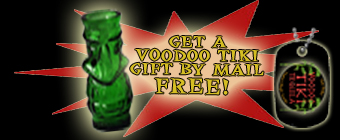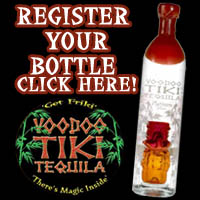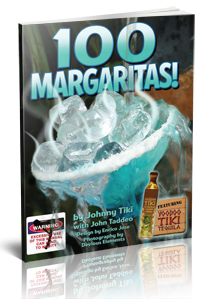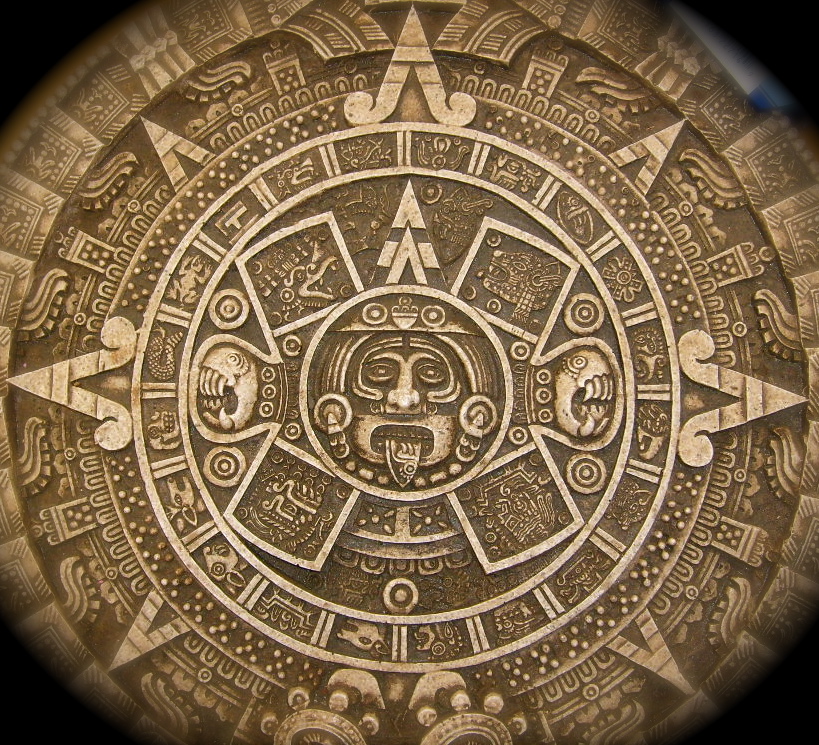 There is an old legend behind the creation of tequila. The Aztec people of Mexico witnessed a bolt of lightning strike an Agave plant. These people called this plant as octli, that later on came to be known as pulque. This caused the liquid inside the plant to boil and after it cooled down, these tribesmen tasted the nectar from the pina. They loved the taste of the liquid and quickly duplicated the process. They boiled and fermented the plant and the cooked pinas were pressed for the liquid. This process still continues since the prehispanic ages and the unique drink is known as tequila.
There is an old legend behind the creation of tequila. The Aztec people of Mexico witnessed a bolt of lightning strike an Agave plant. These people called this plant as octli, that later on came to be known as pulque. This caused the liquid inside the plant to boil and after it cooled down, these tribesmen tasted the nectar from the pina. They loved the taste of the liquid and quickly duplicated the process. They boiled and fermented the plant and the cooked pinas were pressed for the liquid. This process still continues since the prehispanic ages and the unique drink is known as tequila.
The first tequila was produced in the 16th century near the city of Tequila. Tequila shot (pun unintended) to popularity after the arrival of Spanish conquerors who distilled the agave drink after they ran out of brandy. Then after about 80 years, the first brand of tequila came into existence. Don Pedro Sánchez de Tagle, the Marquis of Altamira, set up the first factory in modern-day Jalisco.
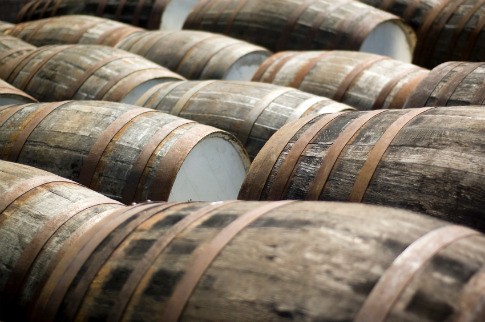 Today, Mexican laws state that tequila can only be produced in the state of Jalisco and limited to the states of Guanjuato, Michoacan, Nayarit and Tamaulipas. The exclusive international copyrights of the word ‘tequila’ are held by Mexico. Anyone who breaches this copyrights, will have to face a legal action from Mexico.
Today, Mexican laws state that tequila can only be produced in the state of Jalisco and limited to the states of Guanjuato, Michoacan, Nayarit and Tamaulipas. The exclusive international copyrights of the word ‘tequila’ are held by Mexico. Anyone who breaches this copyrights, will have to face a legal action from Mexico.
All authentic, regulated Tequilas will have a NOM identifier on the bottle. The NOM applies to all processes and activities related to the supply of agave, production, bottling, marketing, information and business practices linked to the distilled alcoholic beverage known as Tequila. Tequila must be produced using Agave of the species Tequilana Weber Blue variety, grown in the federal states and municipalities indicated in the Declaration. Furthermore, the NOM establishes the technical specifications and legal requirements for the protection of the Appellation of Origin of “Tequila,” in accordance with the current General Declaration of Protection of the Appellation of Origin of “Tequila,” the Law, the Industrial Property Law, the Federal Consumer Protection Law and other related legal provisions.
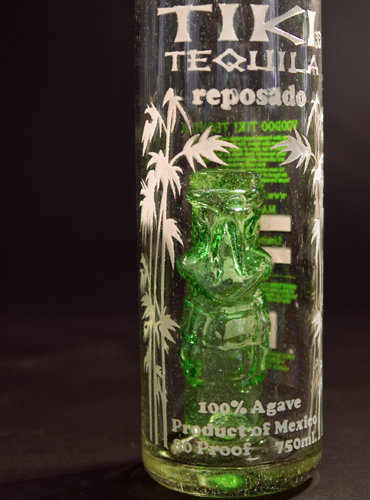 The number after NOM is the distillery number, assigned by the government. NOM does not indicate the location of the distillery, merely the parent company or – in the case where a company leases space in a plant – the physical plant where the tequila was manufactured.
The number after NOM is the distillery number, assigned by the government. NOM does not indicate the location of the distillery, merely the parent company or – in the case where a company leases space in a plant – the physical plant where the tequila was manufactured.
There are different brands of tequila that manufacture the drink with 38 to 40% alcohol content, that is, 76 to 80 proof. However, some brands of tequila are produced with 70 to 100 proof (35 to 55% alcohol). Some brands of tequila manufacturers distill the drink to 100 proof and then cut it down with water to reduce its harshness. Some brands of tequila distill the alcohol to 80 proof and may or may not utilize additional water as diluter. There are great tasting, award winning tequilas on both sides of this manufacturing philosophy.
There are two basic types of tequila – mixtos and 100% agave. The mixtos have more than 51% agave and the remaining percentage is made up with other sugars. Mixtos use both kinds of sugars; glucose and fructose. The 100% agave tequila or blanco or plata have harsh bold flavors of the distilled agave. The tequila has more of the wood flavors and base ingredient of 100% agave tequila is more vegetal and complex. The following paragraph will enlist almost all brands of tequila that are popular worldwide.
Legends and history, tequila is much more than a drink, it’s a global phenomenon.

